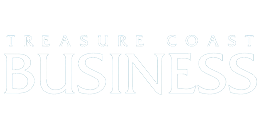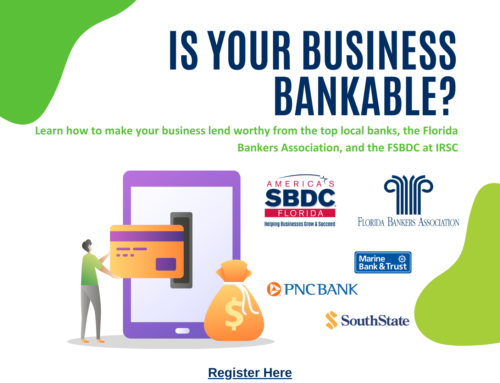BY SPIKE SCHULTHEIS
 The financial statements of the organization are the written record of its operations and its history. The statements can be used as a basis for the planning of its future. Your organization’s financial literacy can be thought of as its ability to “read and understand” the critical financial statements of the organization.
The financial statements of the organization are the written record of its operations and its history. The statements can be used as a basis for the planning of its future. Your organization’s financial literacy can be thought of as its ability to “read and understand” the critical financial statements of the organization.

With responsibilities involving a wide range of business environments, including technology, consulting and venture development, Spike Schultheis held sales and marketing management positions for over 40 years. His experience includes work within the areas of internet and broadband network architecture design, network deployment planning, sales and marketing program development, and consumer market launches. Spike’s work focuses on business to business segments, energy and telecommunications utilities and federal, state, and local government sectors. He is proficient in the emerging electronic commerce technologies and has developed forecasting applications and complex business financial models to support new technology venture financing and development initiatives. He earned a bachelor’s degree at Princeton University in economics and sociology and received his MBA in marketing from the Wharton School of Business at the University of Pennsylvania.
A more informed understanding of the financial operations and financial structure of the company can contribute to better decisions and improved management of the company’s operations. Likewise, an uninformed financial understanding can lead to poor decisions that lead to disappointments and possibly disastrous results. There are three critical documents that serve as the foundation for your financial literacy: the income statement, the balance sheet, and the cash flow statement. Each individual document provides information on one aspect of the organization’s financial situation.
Each document reveals an individual aspect of your organization’s financial operations and fiscal health. Together the set of documents can provide a valuable insight into how your organization is performing and how well it is situated in the competitive marketplace.
THE INCOME STATEMENT
The income statement specifies information on the revenues that have been earned in the current planning period and presents the expenses and costs of providing and delivering the products and services to your customers. The surplus (or deficit) of the revenues compared to the expenses will be the profit (or loss) of the organization. This view when examined will provide you with information on how well your organization is executing its functions in the marketplace. Are you doing the right things the right way?
THE BALANCE SHEET
The balance sheet provides information on assets you have in the organization and will give you an understanding of how you have paid for these assets. The importance of the balance sheet is in the understanding of how the assets you have in the business, your inventory, your plant and equipment, and your working capital are positioned to support your targeted sales. With this understanding, the liabilities section will guide you in structuring the financial capabilities of your company to provide the capital and funds to pay for your assets. Do you have the right assets in place to support your organization? Have you paid for these assets with the right liabilities? Are you properly capitalized to support your targeted sales goals?
THE CASH FLOW STATEMENT
The cash flow statement is an important and most often overlooked component of the tool set to help in your financial literacy program. The cash flow statement provides a view of the linkages between the income statement and the balance sheet, and with this view can provide a valuable insight into the time-driven nature of the “flows of funds” in and out of the business. Is your cash flow structure properly aligned with the cash flow cycle from your inventories through your receivables and into the bank accounts? Does your business need to plan for seasonality in your operations or do you need to cope with long lean times between the first contact with the customer and the eventual receipt of the customer’s payment for the delivered goods and services?
APPLICABILITY OF FINANCIAL LITERACY TO MY BUSINESS
Business owners and managers often ask, “How does financial literacy apply to my business?” “I am a not-for-profit organization; does financial literacy apply to me?” Or, “I am a small business, I am the only employee; does financial literacy apply to me?” Simply stated, every business needs to be able to understand its financial operations. The management of each and every business, large or small, one employee or hundreds of employees, must be able to understand the financial implications of its operational decisions and business practices.
NEXT STEPS TO IMPROVING MY ORGANIZATION’S FINANCIAL LITERACY
The most important step in improving your organization’s financial literacy is the action of taking the first step. Any step is better than not moving forward. One easy first step is to enroll in a program that will provide a comprehensive approach to increasing your financial literacy.
One program available to help in this effort is the Profit Mastery training workshop provided by the Florida Small Business Development Center at Indian River State College. In this program, the Florida SBDC business consultants can help you as a business owner and assist your team and employees to increase your financial literacy. This helps you and your team thoroughly review and understand your business financials, so you are able to apply specific tools to improve financial viability and profitability. This program will help your company and organization to better manage your business using the balance sheet, profit and loss statement, and cash flow statement.
This course will also give you the tools to track your business ratios against industry standards set by your peer organizations and to identify specific areas where you can improve efficiency and create more working capital. To learn more about how you and your team can join in the Profit Mastery financial training program, call 772.462.7631.
Treasure Coast Business is a news service and magazine published in print, via e-newsletter and online at tcbusiness.com by Indian River Magazine Inc. For more information or to report news email staff@tcbusiness.com

